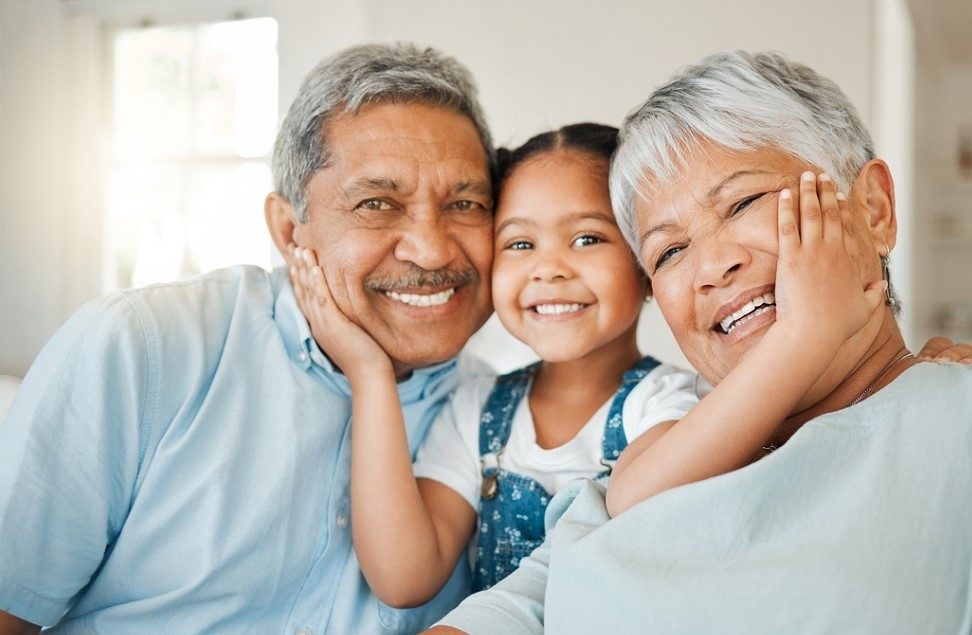
Greater gender equality helps both women and men live longer
The first global study to investigate how gender equality may be associated with life expectancy has found that both women and men live longer as it improves.
However, variations between countries grouped into regions according to socioeconomic development and geographic proximity suggest that while mainly benefitting women’s lives and health at first, progress in gender equality helps men to live longer too, eventually narrowing the gender gap in life expectancy.
Lead author Dr Cat Pinho-Gomes, Honorary Research Fellow at The George Institute for Global Health and Imperial College London, said the results, published in the lead up to International Women’s Day, suggest that addressing longstanding gender inequality and empowering women might help extend longevity for both women and men.
“Many of the factors that determine how long you will live - like working and living conditions, exposure to pollution, access to health care, education, income, and social support - are layered with gender differences around the world,” she said.
“As countries make greater progress towards gender equality and women are afforded the opportunity to participate more fully in in political, economic, and social life, the whole of society reaps the rewards.”
According to the latest report by the World Economic Forum, global events such as the rising cost of living, the COVID-19 pandemic, the climate emergency and large-scale conflict and displacement are stalling progress towards gender parity. This may, in turn, jeopardise socioeconomic development and improvement in living and working conditions, curbing the gains in life expectancy that have occurred over the past decades.
To investigate whether gender equality was associated with life expectancy (LE) for women and men and assess the gender gap in life expectancy across the globe, the researchers used a modified global gender gap index (mGGGI), based on the index developed by the World Economic Forum (WEF), and applied it across 156 countries between 2010 and 2021.
The WEF’s Global Gender Gap Index benchmarks the current state and evolution of gender parity across four key dimensions (Economic Participation and Opportunity, Educational Attainment, Health and Survival, and Political Empowerment). For this study, the health dimension was excluded because it includes healthy life expectancy, which was the subject of this study.
Among the three dimensions included in this study (i.e., political, economic, and educational), gender equality in education had the strongest association with longer LE for both women and men.
“This suggests investing in education is paramount, particularly in low- and middle-income countries, where many girls are still denied access to education and resources are limited,” added Dr Pinho-Gomes.
“Even high-income countries – where substantial progress has been made to address gender inequalities in recent years - investing in gender equality may still benefit life expectancy, particularly for men. This study confirmed what we had already seen for countries in the EU using a different index, reinforcing the validity of our findings.”
“The weaker association between gender equality in the political domain and the gender gap in LE raises concerns about how gender equality is being implemented by political systems worldwide,” she said.
“As we’ve seen from the recent resignations of high-profile female politicians, women still experience significant challenges in this field, including discrimination, balancing private, family and political life, gaining support from political parties, and securing campaign funding.”
Overall, in 2021, each ten percent increase in the mGGGI was associated with a 3.7-year increase in women’s LE and a 2.9-year increase in men’s LE, leading to an 8-month wider gender gap, but there was considerable variation between geographical regions.*
“Our study has important implications for policy makers across the globe, particularly as the world gradually recovers from the myriad shocks caused by the COVID-19 pandemic, which had a gendered impact across multiple domains of life,” added Dr Pinho-Gomes.
“This International Women’s Day, let’s not forget that the evidence demonstrates that enhancing women’s representation across multiple sectors contributes to wealthier and, hence, healthier societies for all.”
- The research is published in PLOS Global Public Health
*Please note these figures were amended following an author correction on 11 May 2023 (from '4.3-month increase in women’s LE and a 3.5-month increase in men’s LE' ).




